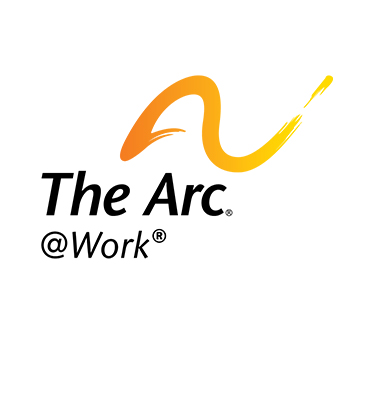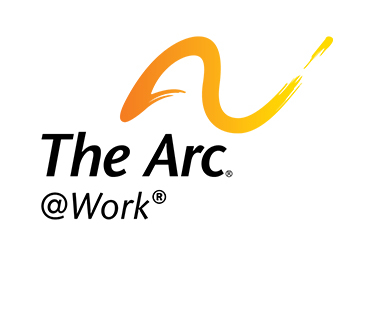The Arc@Work Starter’s Guide to Creating an Inclusive Workplace

By Stephane Leblois, Senior Manager of Workforce Development, The Arc@Work
Are you ready to take your company’s performance to the next level?
Numerous studies have shown that businesses that prioritize diversity and inclusion within their workforce outperform their industry peers and are better positioned to respond to rapidly-changing consumer trends and business challenges. Companies such as Microsoft, SAP, and others have shown time and again that their disability workforce is among the most talented and valuable assets to their organizations.
Despite this recent groundswell of disability hiring, many businesses get stuck trying to figure out where to start in their disability inclusion efforts. Here are eight practical and achievable steps to getting YOUR business started on a path to a stronger and more inclusive diversity strategy.
Create a group of visible and cross-functional champions. As a first step, it is important to establish a core group of individuals within your business that are passionate about disability inclusion and are willing to dedicate time and resources toward advancing your initiative. This group should include people from a variety of different departments and leadership levels within the company so that there are as many diverse perspectives and skillsets represented as possible.
Cultivate buy-in at multiple levels of your organization. Creating a disability-inclusive workplace requires that changes be made to an organization’s culture, operations, recruiting and hiring practices, and many other facets. A change agenda of this magnitude requires buy-in from decisionmakers and implementers alike, meaning that your champions need to create an airtight pitch and messaging campaign to inform staff and leadership at multiple levels of the “how” and the “why” to have a disability-inclusive workplace.
Develop partnerships with local and national disability organizations. Once your internal support is secured, the next important step is to seek out the expertise from local and national disability agencies that specialize in disability-inclusive employment. It is also critical to engage with individuals in your local disability community and the agencies that provide vocational training and job placement services to potential job candidates. Establishing your business as a disability-inclusive employer to the surrounding disability community is an important step toward getting individuals with disabilities to join your team.
Start small to build a replicable and sustainable model. While it is important to keep an eye on the big picture and think about how to hire people with disabilities in multiple positions across multiple departments, it is even more important to start small to develop a sound strategy that can be scaled in the future. Creating a disability-inclusive workplace takes intentionality and time, and the last thing that a change leader should do is to rush to scale an unproven model. If your business has little to no experience in hiring people with disabilities, pick a specific office, department, or team as the first landing spot for new hires with disabilities.
Communicate clearly to all staff and leadership. Keep your colleagues informed and engaged in your initiative. This can be through staff-wide email updates, conference calls or presentations during all-staff meetings, or visuals such as posters or banners that are put up in the workplace as a reminder of what the initiative is and how staff can contribute even if they are not directly involved. In addition to disability bias and awareness training, it is important to provide training to HR staff on how to recruit, interview, and onboard people with different disabilities. It is also crucial to train any in-house trainers for new staff so that they may make their training and accompanying materials accessible to new hires with disabilities.
Hold everyone to the same standard of performance. It is important to make sure that no double standards are created in performance evaluations. It is easy for managers to want new hires with disabilities to succeed, and in doing so they may relax performance or production standards. Doing this initially may be part of an extended ramp-up to the job that is in place as a reasonable accommodation, but if it extends into a longer term, this creates a double standard that is harmful to the employee and for staff morale. Creating this double standard is another way of setting people apart in the workplace, which is something that your disability inclusion initiative should avoid.
Regularly evaluate success and ROI. Hiring people with disabilities isn’t just the “right” thing to do, it’s the smart thing to do. Inclusive workplaces are more productive, more creative in problem-solving, safer, and more profitable in the long run. Check in regularly with staff and leadership on the financial and cultural impacts of the initiative and how it has impacted their jobs. Be sure to also ask any current or new employees with disabilities on what their experience in your workplace is like.

The Arc@Work works with business leaders in the public and private sectors to create and execute comprehensive strategies to foster inclusion in the workplace and hire qualified jobseekers with disabilities. We understand the cultural, structural, and financial barriers that businesses may encounter on the road to creating a disability-inclusive workplace—and we are here to help you overcome them.








